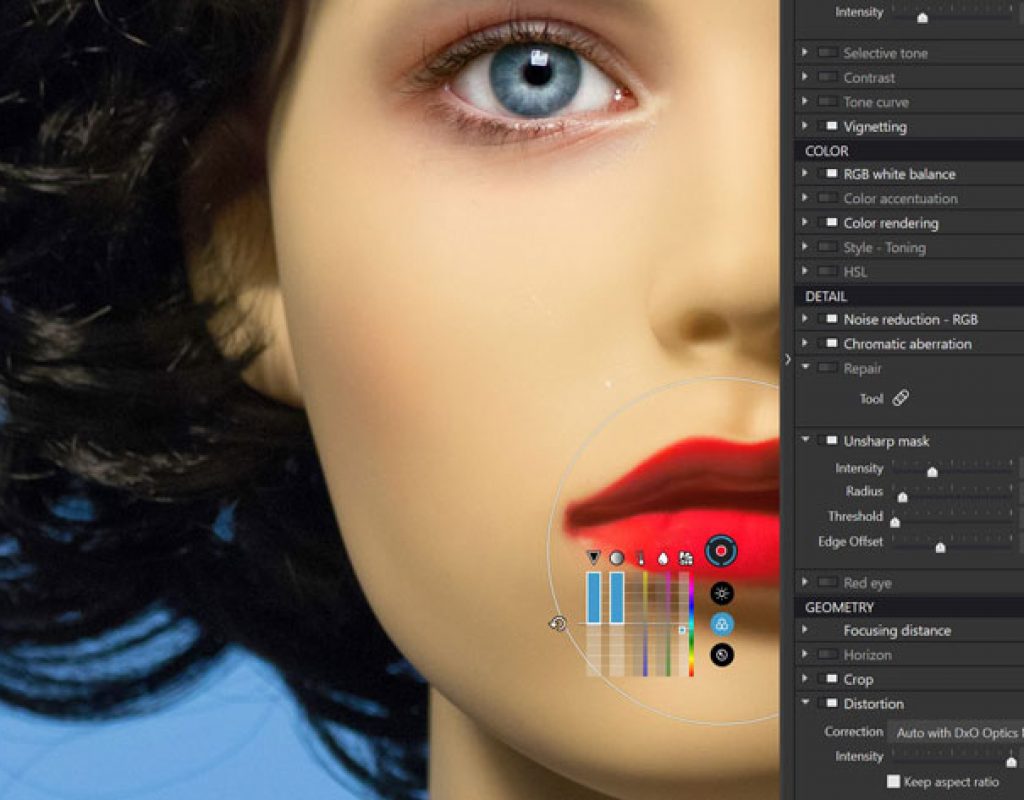

- DXO PHOTOLAB ELITE VS. CAPTURE ONE 12 HOW TO
- DXO PHOTOLAB ELITE VS. CAPTURE ONE 12 MANUAL
- DXO PHOTOLAB ELITE VS. CAPTURE ONE 12 ISO
If DxO intends it to evolve into a proper image cataloguing or digital asset management (DAM) system, it’s got some way to go. PhotoLab’s new PhotoLibrary feature feels unfinished. Worse, you can’t choose which folders or volumes are included in the search, so if you keep a separate backup on your system, PhotoLab may find two versions of every shot.
DXO PHOTOLAB ELITE VS. CAPTURE ONE 12 ISO
You can search for camera shooting information such as lens focal length, shutter speed and ISO setting, the date shots were taken and any ratings you’ve applied, but PhotoLab does not yet support keyword searches. What’s new is the live search tool, but this feels both indiscriminate and incomplete. These are like albums and collections in other programs, except that they can only be added in a simple linear list and not organised into a hierarchical filing system. PhotoLab has regular folder browsing already, which is fine for many users, plus ‘Projects’ for bringing images together ‘virtually’. The other issue is the PhotoLibrary feature, which is a disappointment. The 'PhotoLibrary' feature in PhotoLab 2 is essentially a kind of autofill search tool, but it does not feel finished yet.
DXO PHOTOLAB ELITE VS. CAPTURE ONE 12 HOW TO
It’s a long, long way from novice-orientated programs like Photoshop Elements or Skylum Luminar, for example, and it’s clearly designed for photographers who know what they want to do and how to do it.

DXO PHOTOLAB ELITE VS. CAPTURE ONE 12 MANUAL
It’s easy to apply automatic corrections and preset ‘looks’ in DxO PhotoLab, but the manual adjustments are detailed and technical.
If you have the FilmPack and ViewPoint add-ons installed, these have their own palettes too.Īlong the top of the screen is a slim tools panel containing zoom tools, crop and straighten tools, Local Adjustments and more, while along the bottom of the screen is a thumbnail filmstrip showing the contents of the c currently selected folder. The default workspace displays a Histogram panel here, Essential Tools, Light, Colour, Detail and Geometry palettes. Over on the right side of the screen is the main tools area, containing a stack of collapsible palettes, each with is own set of tools which can be expanded or contracted via little arrows. The real editing work, though, is done in the Customize tab. You use the PhotoLibrary tab to browse your image folders, organise images into Projects (‘virtual’ albums) and use the new search tool. The PhotoLab interface is organised into two tabs. You can use it for simple one-click corrections, but getting the best from it demands a bit more expertise. PhotoLab is pretty technical, and it’s aimed more at experts than beginners. The FilmPack 5 add-on integrates with PhotoLab 2.1 to offer some superb black and white rendering options, though it is an additional purchase.


 0 kommentar(er)
0 kommentar(er)
